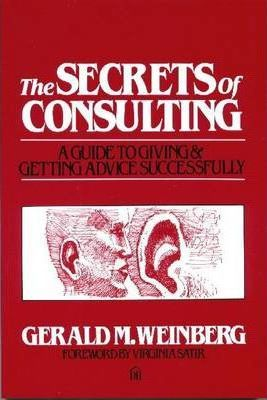Competition


Competition abounds in safety management
Companies compete. When faced with declining productivity growth and margins, they strive to reduce costs and increase efficiency, often at the expense of employee well-being. The market-oriented approach and the pressure to reorganize can result in a lack of employee participation in decision-making and conflicts between management and employees.
In the field of safety consulting, competition among firms can be intense as they strive to differentiate themselves in the market through their services and expertise. We have witnessed an explosion of safety concepts and products, with methods, practices, and models being developed and promoted by both academics and consultants, through books, articles, conference presentations and online videos or training programs (“the safety market"; Le Coze, 2019).
Furthermore, we witness an almost religious competition between the old and the new view of safety. While the "old view" (of course not under that name) tends to focus on the role of individuals or teams as the primary cause of adverse events, the "new view" looks at human error as a consequence of underlying systemic issues.
Sociologist Georg Simmel (https://lnkd.in/eWGcyNTf) stressed that competition is not all negative: The competition among companies can lead to the development of new and innovative safety concepts, as well as the advancement of safety knowledge and understanding. The competition among safety consulting firms can also drive them to differentiate themselves in the market through their services and expertise, leading to a better and more diverse offering for consumers. Adding to this, the competition between the old and new view of safety can also be seen as a positive force, as both views can be taken into consideration and integrated into a more comprehensive and nuanced understanding of safety.
In the end, it is up to all people involved, from companies, consulting firms, research institutes and the like, to balance the positive and negative consequences of competition together and to ensure that it's serving the best interest of society and the individuals within it.